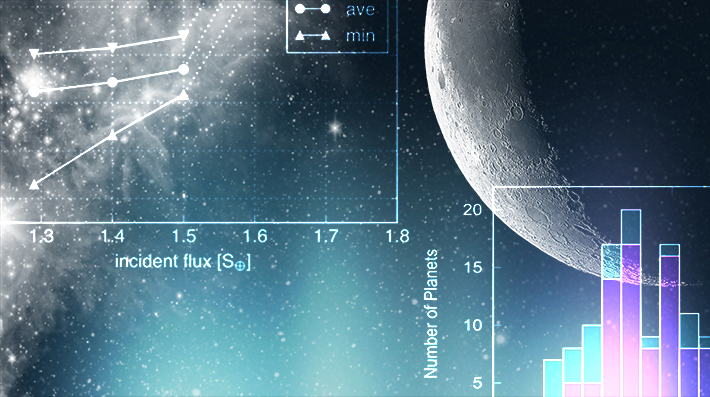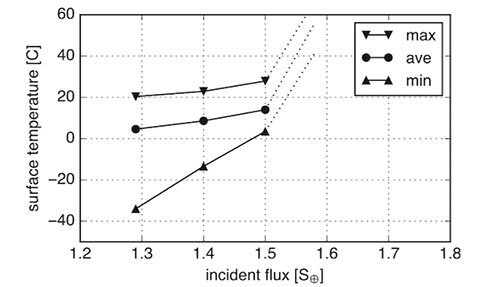
Scientists have discovered 15 new exoplanets, which were orbiting small, cool stars, also called red dwarf stars and they said that one of those planets could have liquid water. The astronomers also added that among these exoplanets, three were discovered to be super-Earths, which are slightly bigger in size than our own planet.
One of the newly found planets was found orbiting one of the brightest red dwarf stars, called K2-155, located about 200 light years away from Earth. The scientists said that the outermost one to the star, dubbed K2-155d has been found to be within the planet's Goldilocks zone.
"In our simulations, the atmosphere and the composition of the planet were assumed to be Earth-like, and there's no guarantee that this is the case," Teruyuki Hirano, the lead researcher of the new study, from the Tokyo Institute of Technology, said in a statement.
"Large planets are only discovered around metal-rich stars and what we found was consistent with our predictions. The few planets with a radius about three times that of Earth were found orbiting the most metal-rich red dwarfs," Hirano added.

The researchers collected the data from Nasa's Kepler spacecraft's second mission and followed it up with ground-based observations from the Nordic Optical Telescope in Spain and the Subaru Telescope in Hawaii.
Hirano also added that the newly discovered planet is in the habitable zone of the star, and that the three-dimensional global climate simulations showed that liquid water is a real possibility.
However, the researchers reveal that they have to measure the radius of the K2-155 star as well as its temperature to confirm beyond doubt that its outermost star could have liquid water. The scientists may use interferometric techniques to achieve such precision.
"It's important to note that the number of planets around red dwarfs is much smaller than the number around solar-type stars," says Hirano. "Red dwarf systems, especially coolest red dwarfs, are just beginning to be investigated, so they are very exciting targets for future exoplanet research."
The latest discovery is quite unique because of the radius gap, which is a reduced occurrence of planets that have a radius of between 1.5 to 2.0 times that of Earth, that this system exhibits. Scientists have noticed radius gaps in red dwarf systems for the first time. Such things are more common in solar-type systems.

"This is a unique finding, and many theoretical astronomers are now investigating what causes this gap," says Hirano.
He also added that the most likely explanation for the lack of large planets in the proximity of host stars is photoevaporation, which can strip away the envelope of the planetary atmosphere.
This year in April, the National Aeronautics and Space Administration (NASA) is planning to launch its Transiting Exoplanet Survey Satellite (TESS) that could open up new discoveries like this one. "TESS is expected to find many candidate planets around bright stars closer to Earth," said Hirano.
"This will greatly facilitate follow-up observations, including investigation of planetary atmospheres and determining the precise orbit of the planets."








